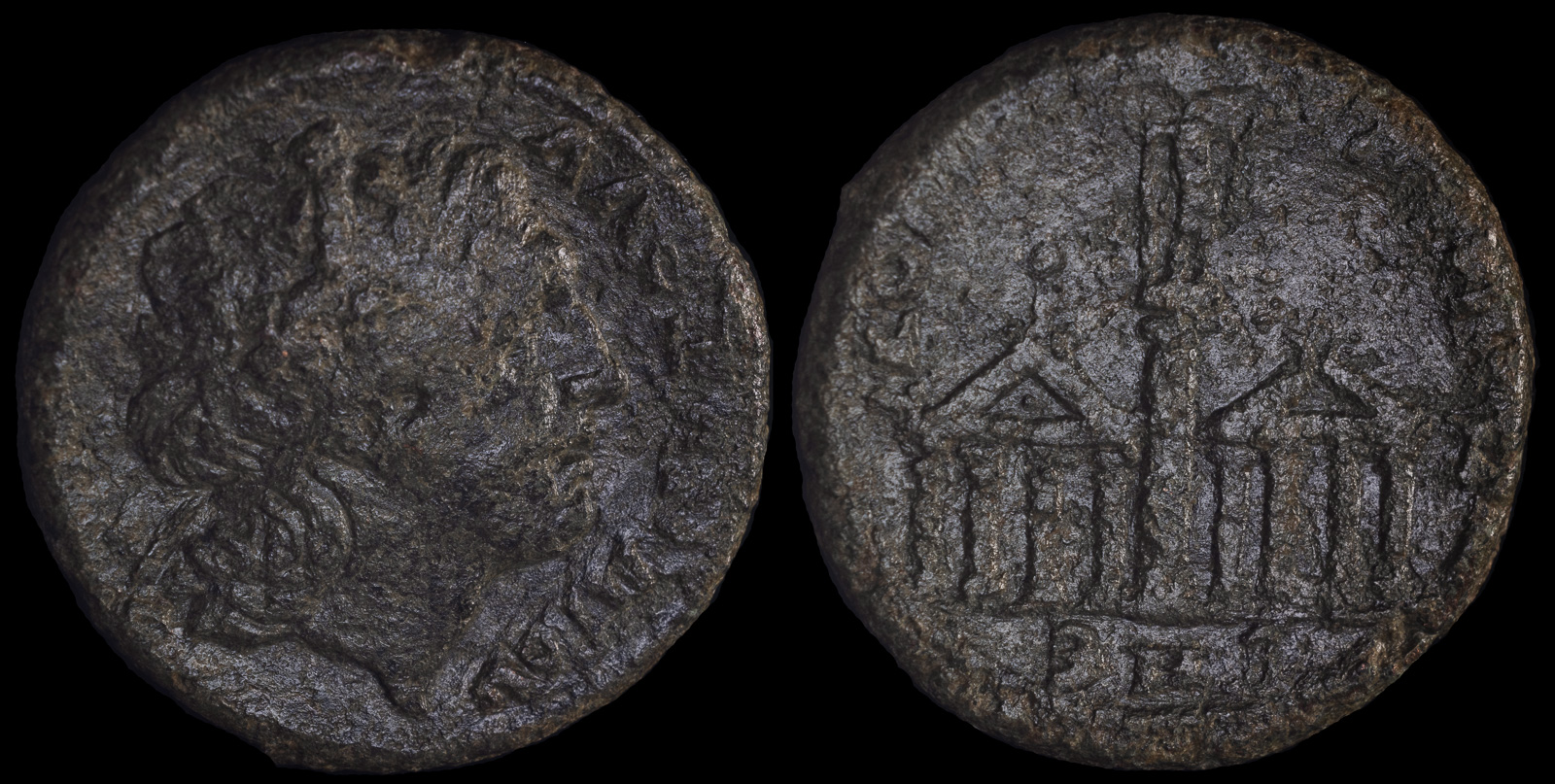Tetrastyle
View All Tags
The tetrastyle temple is often seen as a simplified version of the more typical temple designs, such as the hexastyle (six columns) or octastyle (eight columns) layouts, which are more widely recognized in Greek architecture. While these larger, more complex temples were used for significant civic and religious purposes, the tetrastyle design was generally used for smaller, localized or less grandiose religious structures. These temples were often erected in places of particular significance, such as rural sanctuaries or smaller towns, where a grand, large-scale temple was not necessary.
In terms of their layout and design, tetrastyle temples adhered to the classical Greek principles of symmetry and proportion. Like other temples of the period, they had a rectangular plan with a cella (inner chamber) where the statue of the deity was placed, and the colonnade, which surrounded the structure, provided access and a sense of grandeur. These temples often followed the doric order, a simple and sturdy column style, but variations in the column style could be seen depending on the specific period and region.

Macedon. Koinon of Macedon
Pseudo-autonomous issue
time of Severus Alexander, 222-235 CE
Æ Tetrassarion 26 mm, 12,17 g
AΛЄΞANΔPOY Diademed head of Alexander ‘the Great’ to right.
Rev. KOI • [MA]KЄΔONΩN B NЄ Two tetrastyle temples; between, column surmounted by statue of Alexander, holding spear in his right hand and parazonium in his left.
AMNG III/1, 518